Government Initiatives and Funding
The Hydrogen Storage Alloys Market is being propelled by various government initiatives aimed at promoting hydrogen technologies. Many governments are implementing policies and providing funding to support research and development in hydrogen storage solutions. For instance, initiatives that focus on reducing the cost of hydrogen production and storage are likely to enhance market growth. In several regions, public-private partnerships are being established to foster innovation in hydrogen storage technologies. These efforts not only aim to advance the technology but also to create a sustainable hydrogen economy. As a result, the financial backing and regulatory support from governments are expected to significantly impact the growth trajectory of the hydrogen storage alloys market.
Diverse Applications Across Industries
The Hydrogen Storage Alloys Market benefits from a wide array of applications across various sectors, including automotive, aerospace, and energy. In the automotive sector, hydrogen fuel cell vehicles are gaining traction, necessitating efficient hydrogen storage solutions. The market for hydrogen-powered vehicles is projected to grow significantly, with estimates suggesting a compound annual growth rate of over 30% in the coming years. Additionally, industries such as power generation and chemical manufacturing are increasingly adopting hydrogen as a feedstock, further driving the need for effective storage solutions. This diversification of applications is likely to bolster the demand for hydrogen storage alloys, as they provide the necessary infrastructure for these emerging technologies.
Growing Demand for Clean Energy Solutions
The Hydrogen Storage Alloys Market is significantly influenced by the increasing global demand for clean energy solutions. As nations strive to meet stringent environmental regulations and reduce carbon emissions, hydrogen is emerging as a viable alternative to fossil fuels. The International Energy Agency has projected that hydrogen could account for up to 18% of the world's energy demand by 2050. This shift towards hydrogen as a clean energy carrier is driving investments in hydrogen storage technologies, particularly in sectors such as transportation and industrial applications. Consequently, the demand for hydrogen storage alloys is expected to rise, as they are essential for the safe and efficient storage of hydrogen.
Technological Innovations in Hydrogen Storage
The Hydrogen Storage Alloys Market is experiencing a surge in technological innovations that enhance the efficiency and capacity of hydrogen storage systems. Recent advancements in alloy compositions and manufacturing processes have led to the development of lighter and more durable materials. For instance, the introduction of advanced metal hydrides has shown potential in increasing hydrogen absorption rates, which could lead to more compact storage solutions. As the demand for efficient energy storage solutions rises, these innovations are likely to play a pivotal role in shaping the market landscape. Furthermore, the integration of smart technologies in hydrogen storage systems may improve monitoring and management, thereby increasing the overall reliability of hydrogen storage solutions.
Rising Investment in Renewable Energy Infrastructure
The Hydrogen Storage Alloys Market is witnessing a notable increase in investment directed towards renewable energy infrastructure. As the world transitions to sustainable energy sources, hydrogen is being recognized as a key component in energy storage systems. Investments in renewable energy projects, such as wind and solar, are creating a demand for efficient hydrogen storage solutions to balance supply and demand. Reports indicate that the investment in hydrogen infrastructure could reach billions of dollars in the next decade. This influx of capital is likely to stimulate advancements in hydrogen storage alloys, as companies seek to develop more efficient and cost-effective storage solutions to support the growing renewable energy sector.


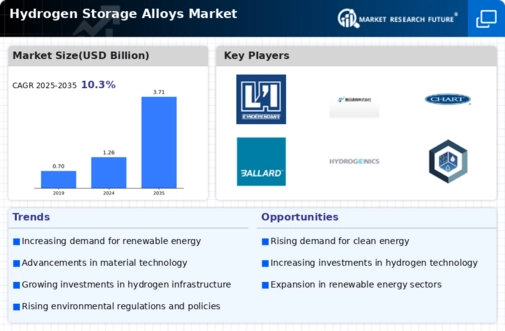
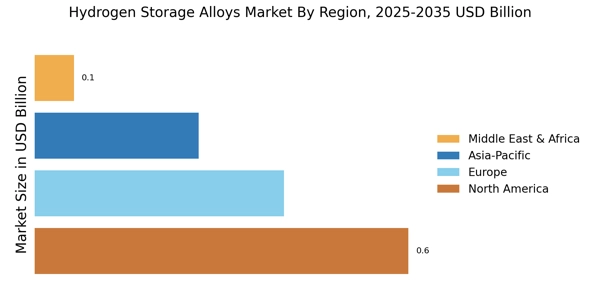

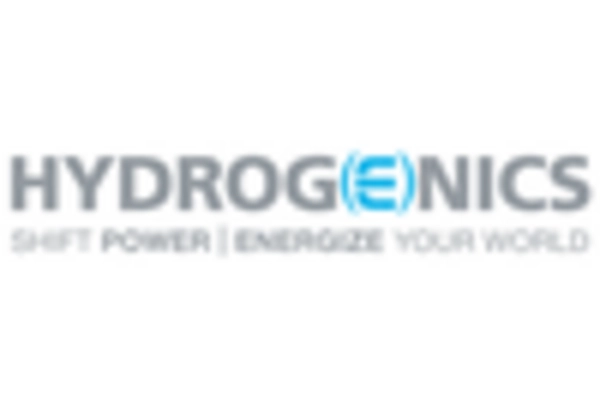
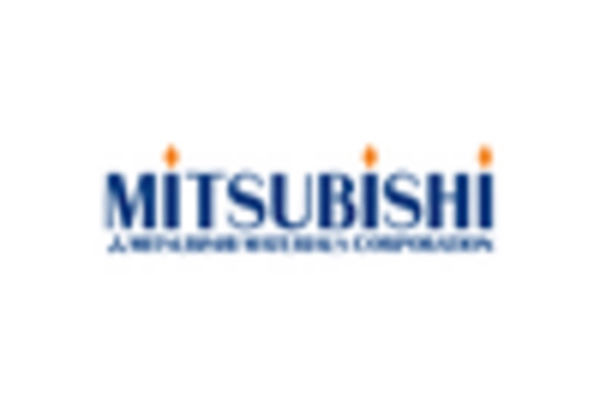
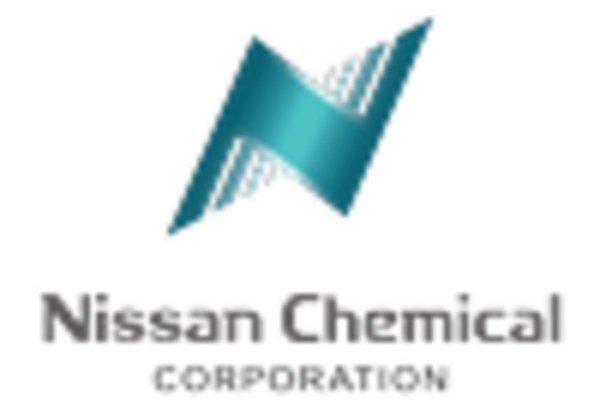










Leave a Comment